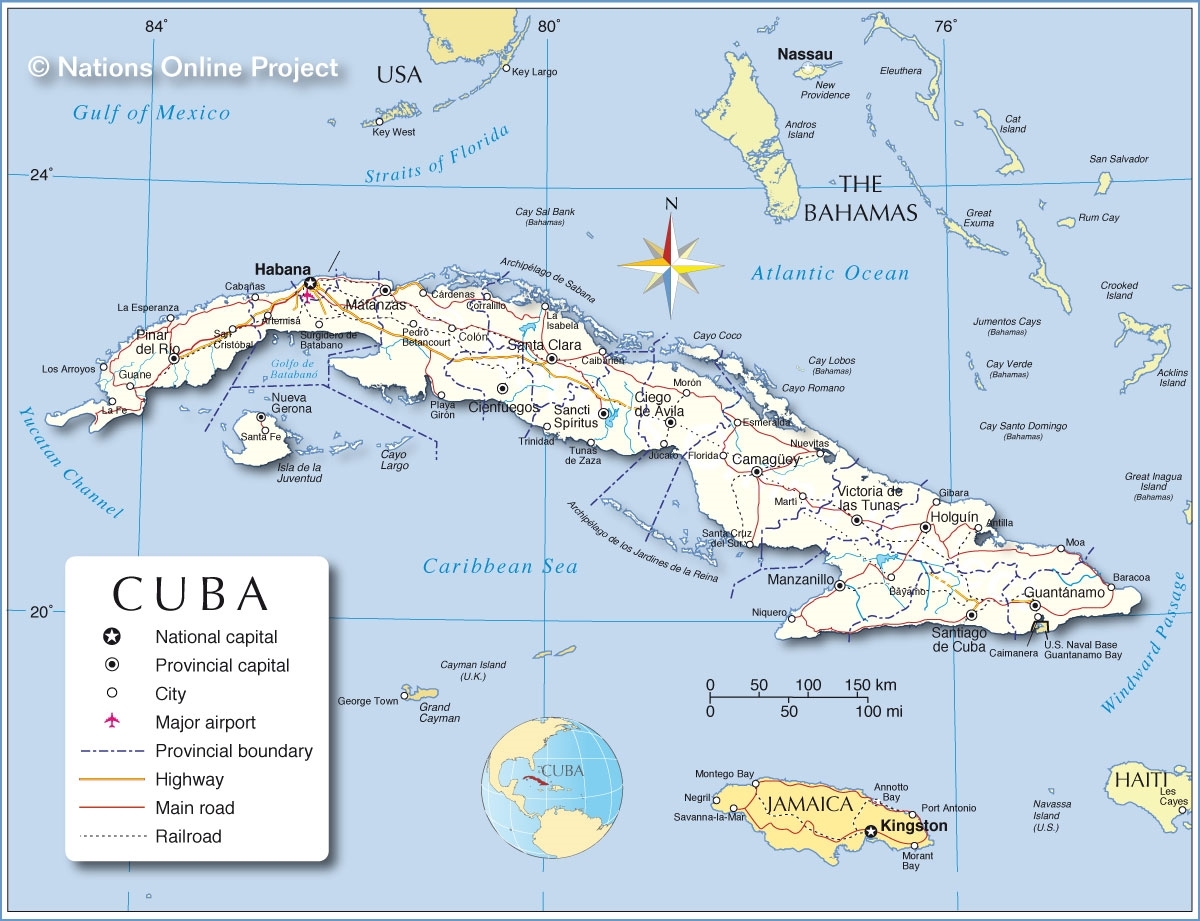We’ve (With A Lot Assistance) Finally Solved The Mystery Of The February Rice Export To Cuba
/In February 2017, data published by the United States Census Bureau of the United States Department of Commerce included from the Houston/Galveston, Texas, District (Ports) a shipment of rice valued at US$252,000.00 to the Republic of Cuba.
However, data from Newark, New Jersey-based PIERS (Port Import/Export Reporting Service) did not report rice exported from the Houston/Galveston, Texas District (Port) to the Republic of Cuba.
As reported by the United States Census Bureau, the shipment (independently calculated as 157.8 metric tons) contained US$126,000.00 of semi/wholly milled, parboiled, inc mixs and US$126,000.00 of semi/wholly milled, mixtures of grains.
This would be the first commercial (non-donated) export of rice from the United States to the Republic of Cuba since 2008.
From 2002 through 2008, rice exports from the United States to the Republic of Cuba were US$190,737,079.00. The primary rice-growing states are Arkansas, California, Louisiana, Mississippi, Missouri, South Carolina and Texas.
In May 2016, Bernie, Missouri-based Martin Rice Company donated 20 metric tons (one container valued approximately US$18.000.00) of long grain enriched rice sourced from the State of Missouri to Republic of Cuba government-operated Empresa Cubana Importadora Alimentos (Alimport), under the auspice of the Ministry of Foreign Trade of Cuba (MINCEX), for distribution to charities within the Republic of Cuba.
For the February 2017 export of rice, the United States exporter neither publicized the transaction nor informed Arlington, Virginia-based USA Rice (www.usarice.com), an organization which was the leader in advocacy for the enactment of the Trade Sanctions Reform and Export Enhancement Act of 2000. USA Rice is “the global advocate for all segments of the U.S. rice industry with a mission to promote and protect the interests of producers, millers, merchants and allied businesses.”
While there is no requirement for an exporter to inform any entity (other than the United States government) of an export from the United States to the Republic of Cuba, there has generally been, during the last sixteen years (the first TSREEA exports were in December 2001), an effort by United States-based agricultural interests to publicize transactions to increase United States-based political advocacy.
Due to sustained efforts by the United States Census Bureau, PIERS and third parties, there is confirmation that an export of rice from the United States to the Republic of Cuba did transpire, as reported, in February 2017.
However, the following information has not been confirmed: 1) the identity of the exporter- although representatives of the United States Census Bureau did directly communicate with the exporter to obtain confirmation 2) the routing of the rice from the United States to the Republic of Cuba; PIERS reported rice exported to Caribbean Sea-area countries in February 2017, but not to the Republic of Cuba- thus, a conclusion is the rice may have been transshipped through a third country and 3) whether the export was commercial (paid) or a donation; the export was likely a donation. The government of the Republic of Cuba has not reported (publicized) the rice shipment.
Background- U.S. Food Product/Agricultural Commodity Exports To Cuba
Since December 2001, more than US$5.3 billion in agricultural commodities and food products have been exported directly from the United States to the Republic of Cuba on a cash-in-advance basis as required by the Trade Sanctions Reform and Export Enhancement Act (TSREEA) of 2000.
No United States company which has exported product(s) to the Republic of Cuba since 2001 has publicly stated what payment terms it would currently provide if authorized by statute.
The government of the Republic of Cuba prefers to purchase food products and agricultural commodities from government-operated exporters where either the exporter or the government of the Republic of Cuba accesses government export-payment guarantee programs.
Government of Vietnam-operated Vinafood (1 & 2) have provided payment terms to Alimport of two (2) years to pay for rice (25% to 30% broken). The Republic of Cuba annually imports approximately 200,000 metric tons to 400,000 metric tons of rice, primarily from Vietnam and People's Republic of China. Republic of Cuba annual domestic requirements are approximately 700,000 metric tons. The Republic of Cuba does grow a small quantity of rice.
United States producers can provide this product; however, payment terms, if statutorily permitted, without the use of United States government guarantee programs, would be cash-on-delivery to 30 days; and for credit-worthy customers, generally not exceed sixty (60) days to ninety (90) days according to United States exporters.
RELATED BLOG POST LINKS:
http://www.cubatrade.org/blog/2017/3/19/i7zxic4x9yweb1q0u1fqn6idmstyko
http://www.cubatrade.org/blog/2017/3/8/naqwf4sownekzbxahs76oysizs5p20
http://www.cubatrade.org/blog/2017/3/1/u4m9xhe3bc9iurkasacffinm2pc12m


